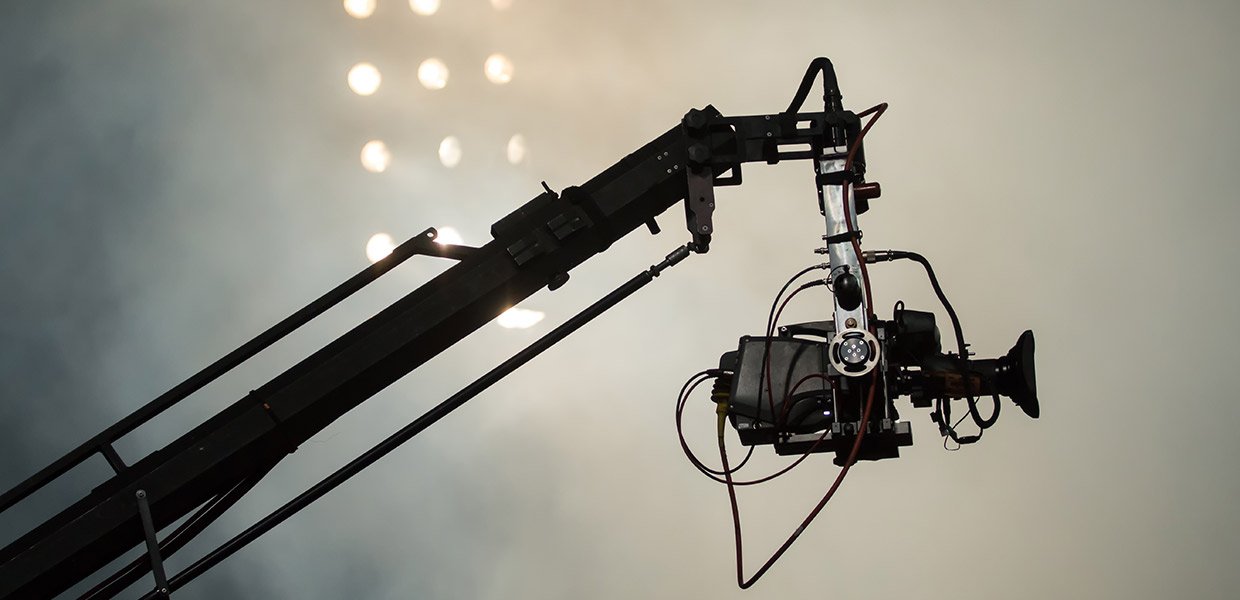Killers of the Flower Moon, the newest film from Martin Scorsese, may seem notable for having an octogenarian director, but a new research brief reveals that it is the film’s leading Native American actress who is the greater rarity in Hollywood.
The report by Associate Professor of Communication Stacy L. Smith and the Annenberg Inclusion Initiative examines Native representation across 1,600 top-grossing films from 2007 to 2022. The study evaluates every speaking or named character—more than 62,000—to understand how many Native American roles appeared on screen. The authors stipulated that Native characters must have U.S. origins to be included in the analysis. Additionally, the study assessed how often Native actors worked across the sample of movies.
Overall, less than one-quarter of one percent (<0.25%) of all speaking roles went to Native American characters across the 16 years studied. In fact, the percentage of Native American roles did not exceed 1% across any of the years evaluated. Yet, Native Americans are 1.3% of the U.S. population, according to the Census.
There was only 1 film with a Native actor in the leading role, while nearly two-thirds (65%) of all Native American speaking characters were inconsequential to the plot, and 34.6% filled secondary roles.
“Lily Gladstone’s role in Killers of the Flower Moon is quite literally an anomaly in Hollywood,” Smith said. “This data shows that filmmakers simply do not tell stories that put Native women at the center. Moreover, when a cast features Native men and women it is clearly a departure from the patterns of erasure and invisibility that are often the norm when it comes to this community.”
When Native American characters did appear on screen, they were most often male-identified—77% of Native characters were male and 23% were female. Native characters were most likely to be in young to mid-adulthood, as 36% were age 21-39 and 31% were 40-64. Only 20% of Native characters were teens (age 13-20) and few elderly (11%) or child (2%) Native characters appeared in storytelling.
Given these figures, it is not surprising that most films erased Native girls and women entirely. Nearly 99%-- or 1,581 movies of the 1,600 examined—did not include even one female-identified Native character who spoke or was named.
“Audiences would have to watch thousands of movies to see even one Native woman on screen, and very likely in a minor role,” Smith said. “This is a failure of imagination on the part of writers, directors, and casting directors to see Native women and men as key participants in society and thus in storytelling.”
The report also evaluated the actors who filled the 133 speaking roles held by Native characters across the sample. Of those 133 roles, 99 characters were played by Native actors. After accounting for actors who worked more than once across the time frame, there were only 64 Native actors who worked on the most popular movies over the past 16 years. A mere 19 of those actors were women. The majority of both men and women worked only once across the 16-year sample.
“Put simply, there is no career sustainability for Native actors in Hollywood,” Smith said. “Working once in 16 years does not pay the bills or allow for creative and fulfilling work that builds a resume or reel. By limiting the number of roles for Native actors, Hollywood is closing the door to the careers that these talented actors want to have.”
The report offers a set of solutions designed to enhance Native representation both in front of and behind the camera. Drawing on the work of other organizations that support Native filmmakers and actors, the authors reinforce the need for project funding, development programs, and even Native critics to increase the prevalence of Native characters and improve the portrayal of Native roles in film.
“The Hollywood community has the chance to recognize the extraordinary talent and bravery of Lily Gladstone this awards season,” Smith said. “This is chance to make history. We want to applaud Apple, Martin Scorsese, and the film’s producers. A film like Killers of the Flower Moon is not something we see regularly, and Gladstone’s performance is worthy of Oscar gold.”
The study is the latest from the Annenberg Inclusion Initiative and can be found here.
